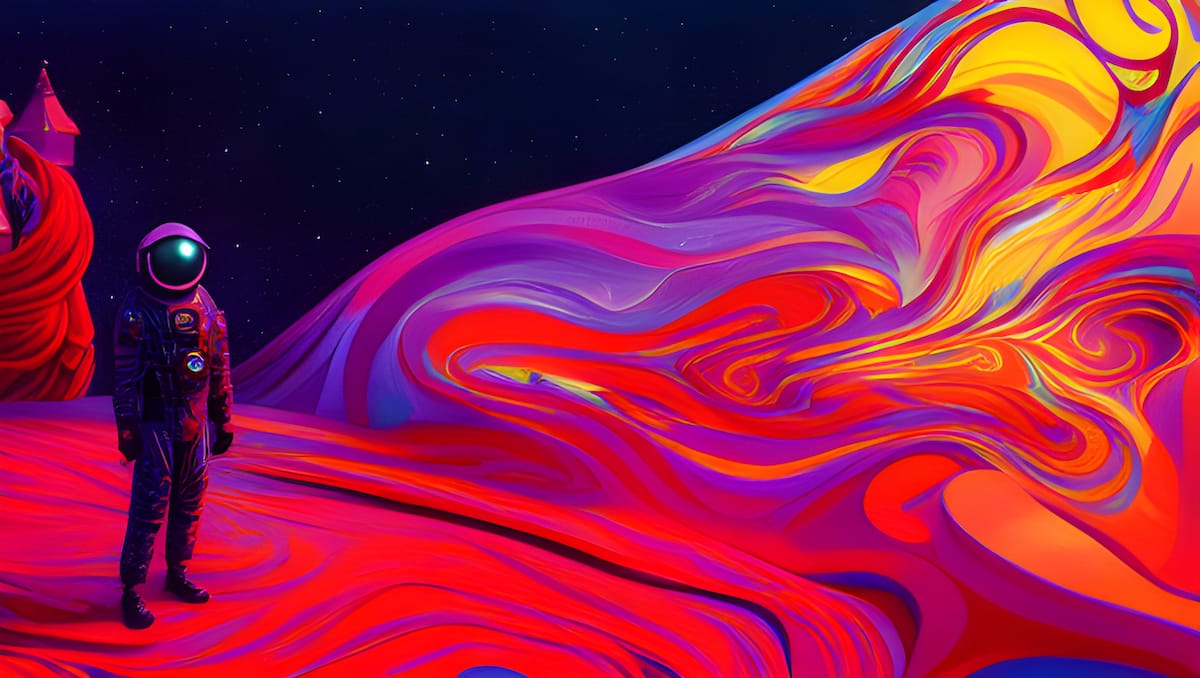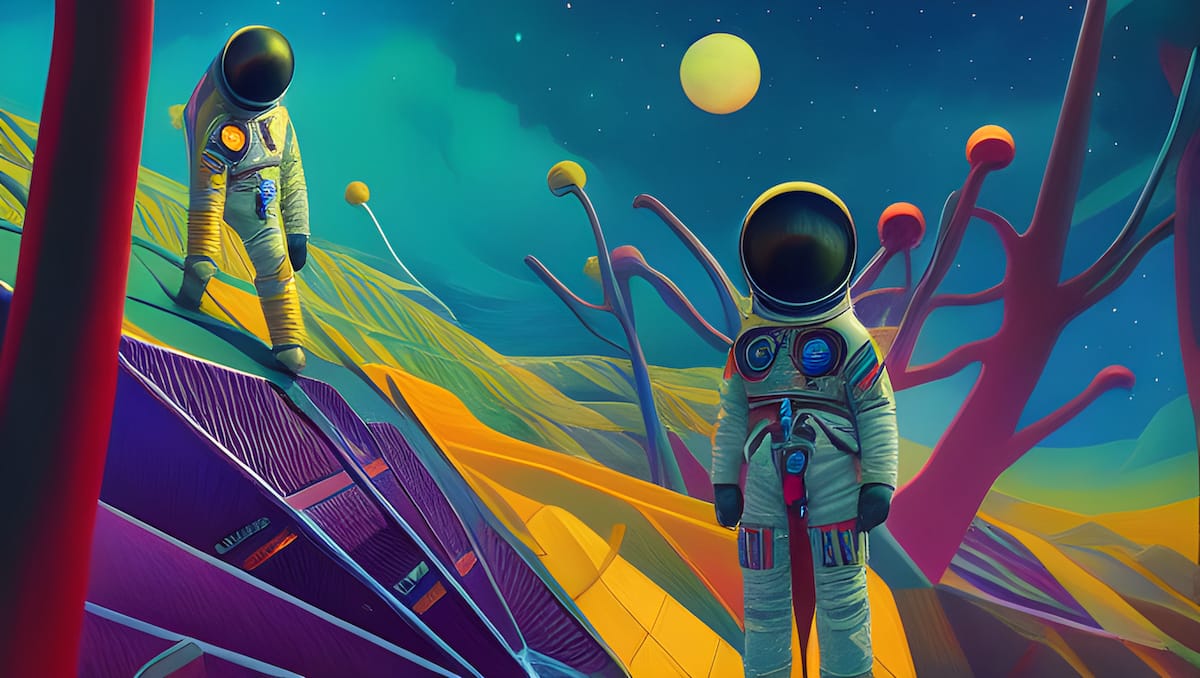Is this money funny? Intro to section two
Section two looks at how the idea of money is still evolving and why Open Money makes sense as a next step

We should probably address this now, before we get any deeper into this project.
One of the biggest objections to crypto, Web3, and digital assets is that they’re often dismissed as a scam, a long con, or driven purely by the greater fool theory.
Anytime we start talking about internet money or protocol money people assume we’re referring to some form of “funny money” — a concept so abstract and intangible that it feels more like magic than a legitimate evolution of currency.
Magic internet money, they call it.
This perception that digital money is somehow funny money isn’t entirely unfounded.
The crypto space, in its current form, carries elements that make it resemble a high-stakes casino. The industry itself is partially to blame. The combination of instant internet gratification, the gambler’s rush, and a patchwork of regulatory frameworks creates an environment where speculation often overshadows substance. The flashing lights of overnight riches and they hype around trends like memecoins obscure the deeper technological transformations underway.
But the funny money narrative is also used as a convenient way of dismissing a profound and complex shift. The risk is that people dismiss the big changes and then miss out on the opportunities they might present.
So far the adoption of digital assets has happened in cycles — waves of adoption driven by financial speculation, yes, but also by fundamental technological breakthroughs.
This cyclical nature is not an accident — it’s an inherent feature, a mechanism to bootstrap new networks and push the boundaries of financial innovation. These boom-bust periods, with their inevitable hype phases and panic phases have been crucial in establishing technological adoption across history — they just feel more pronounced or higher stakes now because we are combing a new technology with a new money format.
To understand why Open Money isn’t just a flash in the pan but an evolutionary leap, we need to place it within the broader context of money’s history. Money has always evolved alongside technological and societal shifts—what began as barter gave way to coins, then paper currency, then digital banking.
Each iteration introduced new efficiencies and expanded economic opportunities. Crypto and Open Money are the next step in this trajectory, leveraging decentralized networks to create programmable, borderless, and censorship-resistant financial systems.
The so-called “magic” of crypto isn’t about illusion — it’s about evolution. Just as the internet transformed communication and commerce, Open Money aims to redefine value exchange. This shift is happening now because the technological infrastructure has matured to a point where trustless systems, composable financial protocols, and decentralized governance can provide real alternatives to traditional financial and information network structures.
At its core, money is a social construct — a shared belief system that facilitates trade, trust, and economic activity. What we’re witnessing today is the natural progression of money into a networked, programmable form that aligns with an internet-based, digital-first world.
The financial incentives that drive network effects are no longer confined to national borders or centralized institutions. Instead they are expanding to decentralized, community-driven ecosystems that unlock new possibilities for wealth creation, collaboration, and economic inclusion.
In the following sections, we’ll explore how these new models of Open Money align with the trajectory of financial evolution, how they compare to previous monetary paradigms, and why they represent not just an alternative, but an inevitable step forward in the evolution of money itself.
Recent Open Money project posts







